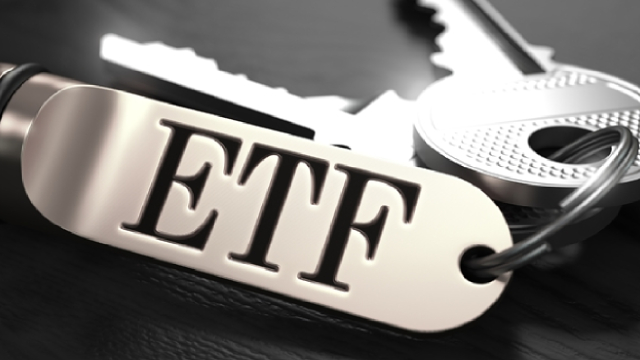GBDC Stock Recent News
GBDC LATEST HEADLINES
I maintain my 'Hold' rating on GBDC due to ongoing concerns about dividend sustainability, despite a recent improvement in the payout ratio to 100%. The cessation of special dividends reduced short-term risk, but the base dividend remains at risk if adjusted net investment income doesn't stabilize. GBDC's portfolio quality is average, with a low non-accrual ratio, but negative net funds growth and dilution from the merger weigh on per-share results.
BDCs, REITs, and MLPs offer attractive, sustainable yields due to pass-through structures and stable cash flow profiles. However, each of these sectors has its own unique quirks. I discuss several of these that are often overlooked by investors.
Part 2 of this article compares GBDC's recent dividend per share rates, yield percentages, and several other highly detailed (and useful) dividend sustainability metrics to 11 other BDC peers. This includes a comparative analysis of GBDC's cumulative undistributed taxable income ratio, percentage of floating-rate debt investments, recent weighted average annualized yield, and weighted average interest rate on outstanding borrowings. GBDC's dividend sustainability is fairly strong for now. However, several additional cuts to the Federal Funds Rate will likely result in a GBDC dividend reduction (along with several peers).
Although double-digit yields were normal during the 1980s, lower interest rates and a robust stock market have rendered yields of 10% or higher obscure.
We all learn over time. Some of us more than others. The agency mortgage REIT price-to-book ratios are getting really high, except for the weaker ones. That doesn't make the weak ones a great bargain. Main Street Capital stands out among BDCs for superior management and NAV growth, but that valuation just refuses to come down.
Part 1 of this article compares Golub Capital BDC's recent quarterly change in NAV, quarterly and trailing 12-month economic return, NII, and current valuation to 11 BDC peers. Part 1 also performs a comparative analysis of each company's investment portfolio as of 12/31/2024 and 3/31/2025. This includes an updated percentage of investments on non-accrual status. I also provide a list of the other BDC stocks I currently believe are undervalued (a buy recommendation), overvalued (a sell recommendation), and appropriately valued (a hold recommendation).
Recent Fed actions and economic data suggest a material risk of further interest rate cuts in the near to medium term. Lower rates threaten BDC dividend sustainability, even for solid names like ARCC and BXSL, as shown by recent NII declines. In this article, I discuss two high-quality BDCs (not ARCC and BXSL), which investors should consider divesting if they also assume an interest rate cut scenario as a base case.
High-yield, blue-chip stocks are the holy grail of retiring on dividends. I share some of my favorite 7-10% yielding blue chips that look like attractive picks for retirees. I also share some of the risks to keep in mind.
We take a look at the action in business development companies through the fourth week of May and highlight some of the key themes we are watching. BDC sector pulled back 2% this week, but remains up 2.5% month-to-date; valuations are about 5% below historic averages. Despite headlines of credit stress, BDC portfolios' interest income continues to offset markdowns and non-accruals, supporting solid total NAV returns.
Big dividends sound great, but how about big losses? Since Q2 2025 began, book values got smacked. Not talking about share prices. You can tell if the share price declined (hopefully). That would be a worthless article. One of these high-yield sectors has been doing much better than the others.







